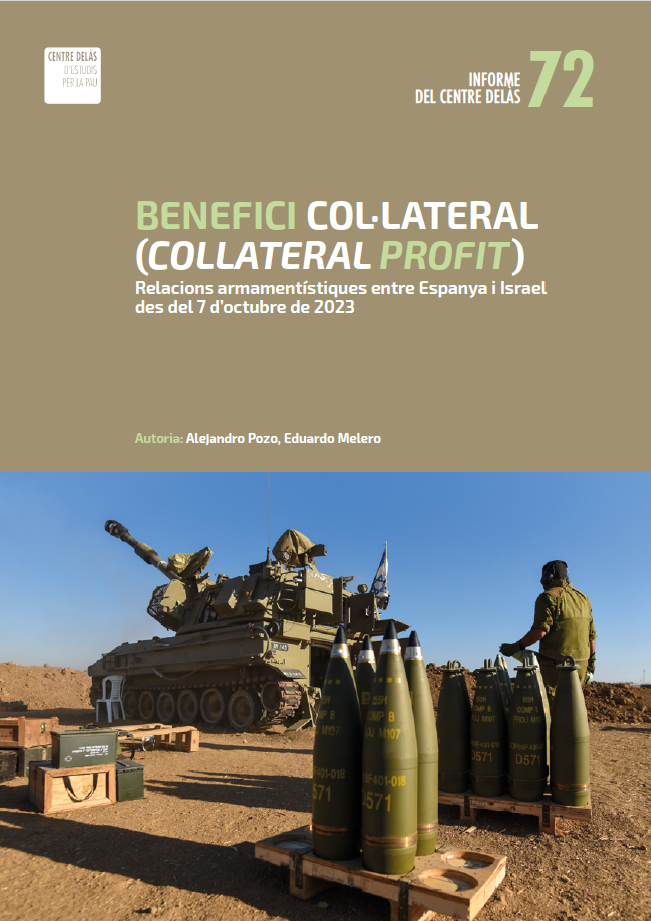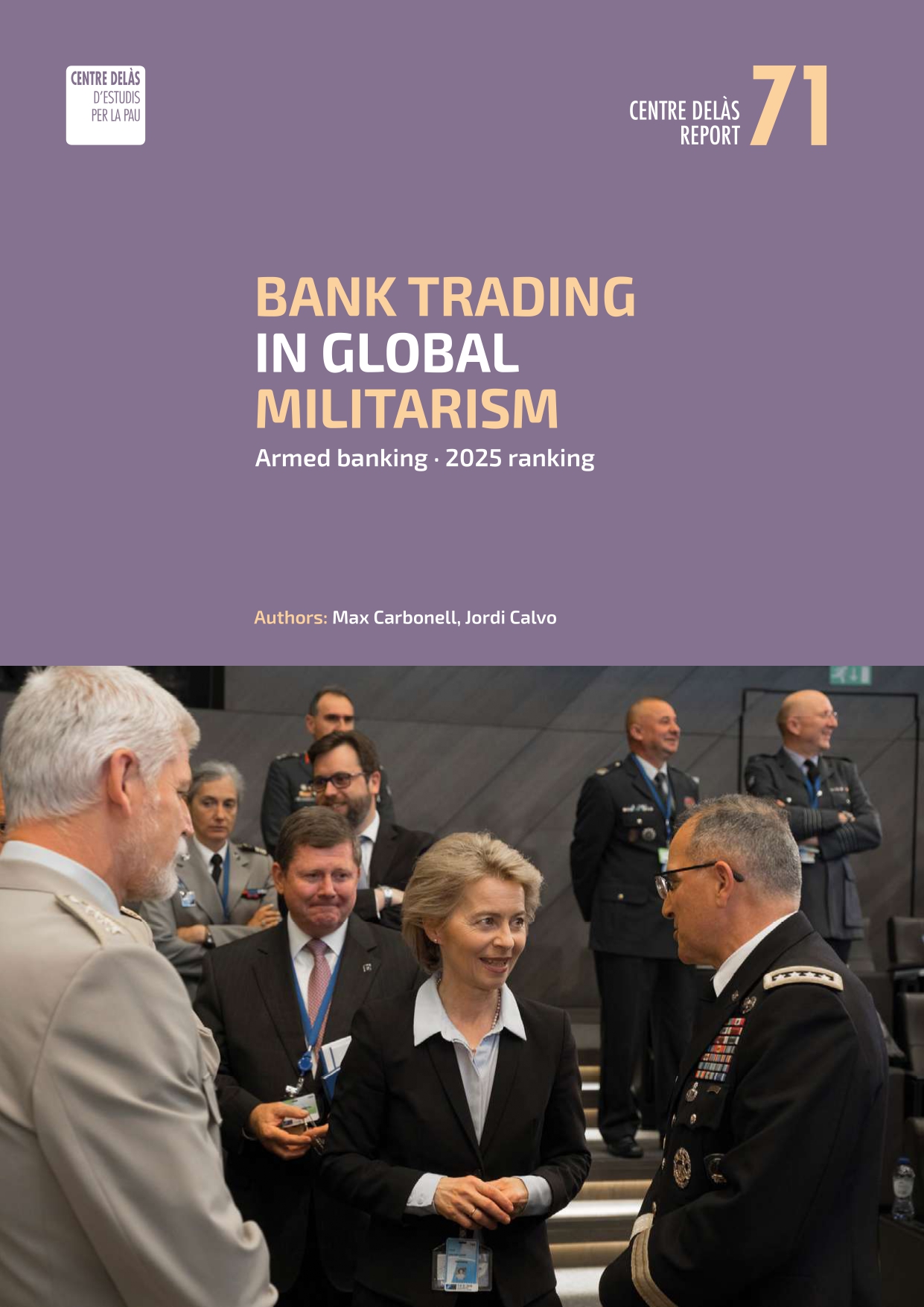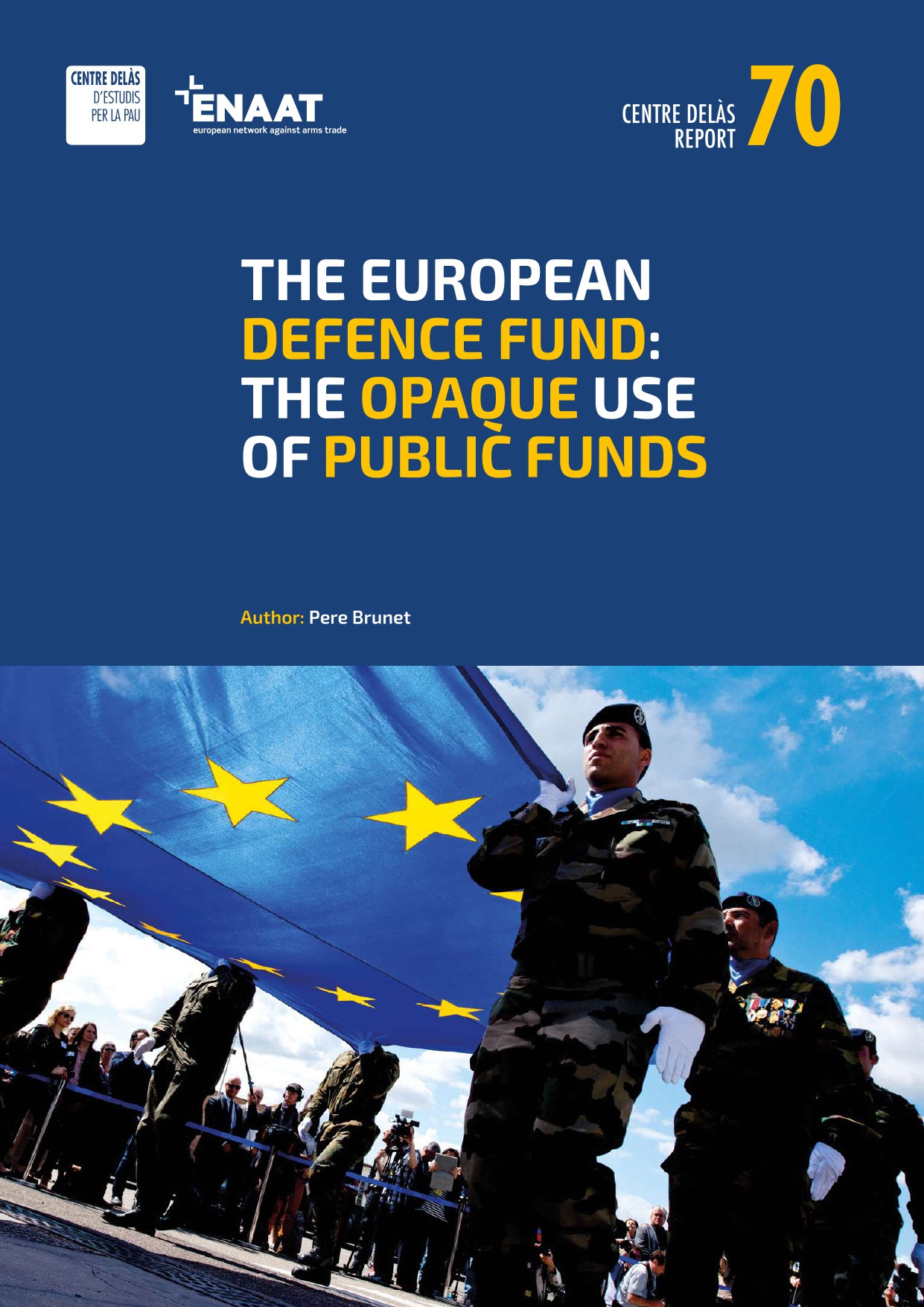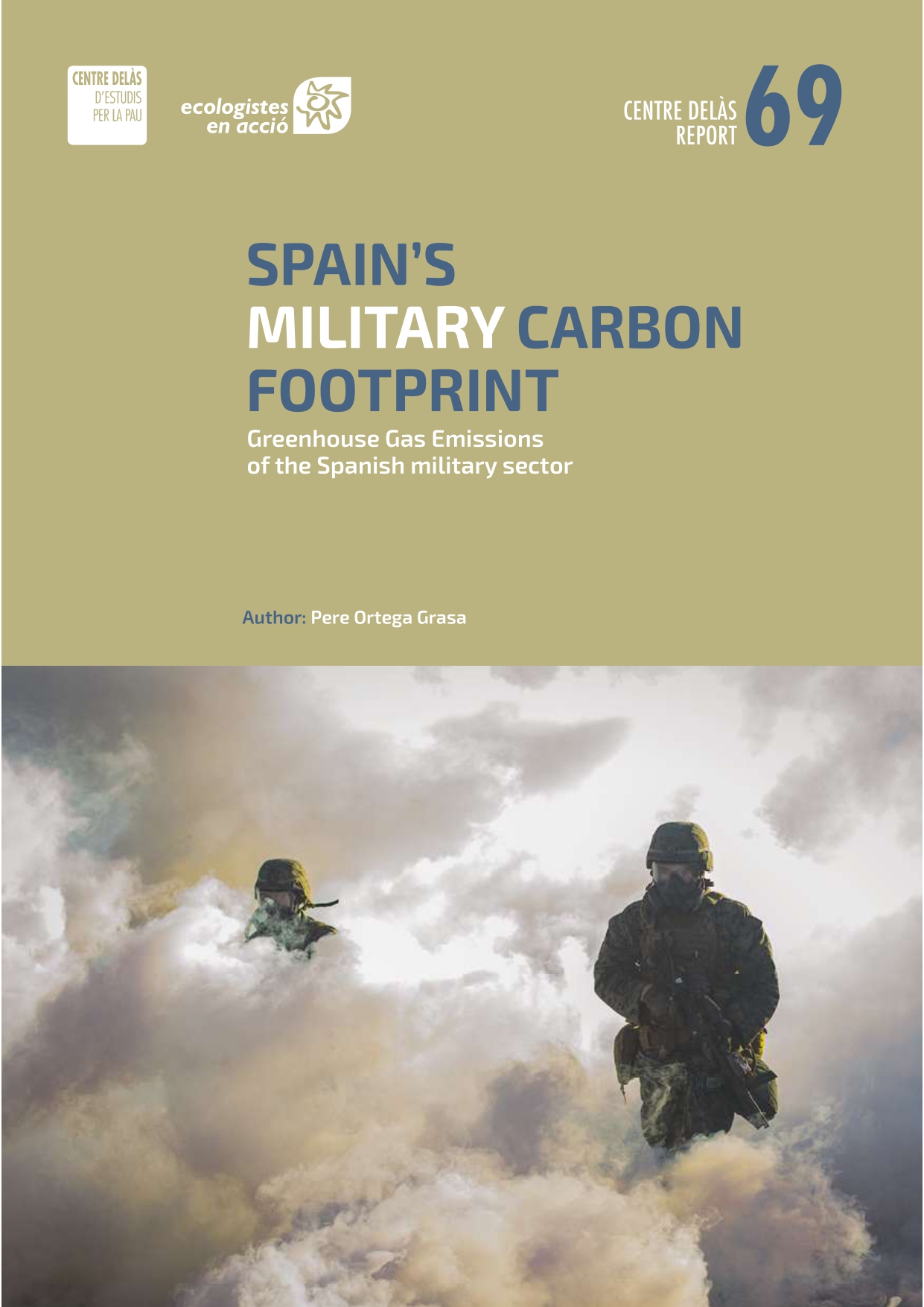Posted in Barcelona/Brussels
European peace organizations warn about the militarization of Europe and propose new security policies to achieve peace in the continent
- Europe is the second most militarized region in the world, with a military budget that surpasses China’s and is three times that of Russia. Additionally, the EU’s budget for security and defense has tripled over the past two decades, reaching 19.5 billion euros in the current framework program.
- The Delàs Center for Peace Studies, in collaboration with the European Network Against Arms Trade (ENAAT), analyzes Europe’s militarization and proposes alternatives to European security policies in the publication “Peace and Disarmament in Europe: For shared détente, peace and security”.
Barcelona/Brussels, October 17, 2024. The war in Ukraine has accelerated a militarization process within the European Union, which has been slowly simmering since the 2003 security and defense doctrine outlined in the EU High Representative’s strategic document “A Secure Europe in a Better World”. This process continued until March 21, 2022, when the European Council approved the Strategic Compass to strengthen the EU’s security and defense by 2030. The military industry and arms lobbies have played a particularly prominent role in this process, promoting the construction of a “Europe of Defense” based on the injection of funds for the development and sale of weaponry.
The EU budget for security and defense has tripled from 6.5 billion euros in 2007 to 19.5 billion euros in the current 2021-27 framework program. This does not include the successive increases made under the pretext of the war in Ukraine, such as those from the European Peace Facility aimed at providing military support to Ukraine, which by September 2024 had already reached 39 billion euros.
The military budget of European countries reached record figures in 2023, amounting to 289.3 billion euros in military spending, which represented a 21.3% increase compared to 2022. Including non-EU countries like the United Kingdom and Norway (€77.323 billion), NATO’s European military spending reached €366.623 billion in 2023, making it the second-largest in the world, behind the U.S., exceeding China’s, and three times Russia’s military spending, according to SIPRI data. Additionally, Europe is the second-largest arms exporter in the world after the United States. In 2022, EU countries exported military products worth 36 billion euros, of which 4.8 billion were sent to Ukraine.
The war in Ukraine has, in turn, exposed the inefficiency of the system in guaranteeing peace and the incompetence of those who have directed and executed decisions on peace and security in Europe. This is highlighted in the publication “Peace and Disarmament in Europe: For shared détente, peace and security”, released today by the Delàs Center for Peace Studies and the European Network Against Arms Trade (ENAAT), which was established in 1984 and is currently made up of organizations and centers from a dozen European countries. The publication aims to “help build an alternative narrative that goes beyond criticizing the policies that have led Europe to war”.
“For two decades, the European identity has been changing, with its policies drifting away from its founding principles, adopting a securitized approach to addressing threats and risks that do not require a military response. It has built a vision of European security and defense with a militaristic focus, centered on national security and prioritizing states rather than human beings, nature, and future generations,” says Jordi Calvo, coordinator of the Delàs Center and co-author of the report.
The authors warn that if the EU’s militarization process is not halted, it will undermine any possibility of the EU being a credible agent for promoting peace and human rights. “A militarized Europe will lead to more frequent military responses from the Union itself. This will hinder the development of European diplomatic capabilities to create conditions that prevent armed conflicts and promote peace through the creation of relationships based on friendship, coexistence, and interdependence with neighboring countries”. For this reason, after analyzing the degree of militarization in Europe, the publication proposes alternative security options for the European continent in general and the EU in particular, stemming from a non-violent approach framed within a culture of peace. This approach seeks not only to avoid war but also to build social, political, and economic conditions that improve the well-being and security of European citizens, under a perspective of positive peace:
- Europe should shift from a Common Security and Defense Policy (CSDP), which promotes military missions, to greater Development Cooperation, both for the most disadvantaged regions within EU countries and for those outside the EU.
- Replace the development of new weapons systems, which serve to boost the European military industry, with a conversion of military production to civil, human, and sustainable production.
- A security policy for peace would be more viable by moving out from under the protection of NATO and the United States, building a security framework that solely addresses the needs of the European population and territory.
- Abandon the path toward a hypothetical European Army and pursue the development of a strengthened and credible European diplomatic corps, enhancing its capacities and resources to implement a greater policy of cooperation among the Member States.
- Pursue disarmament and demilitarization policies in Europe and from Europe, as limiting the global availability of weapons will force conflicting parties to seek alternatives to violence.
- Build a greater Europe for peace—an autonomous region with a neutral role between East and West, capable of reducing tensions and the arms race that diverts funds away from addressing the population’s needs (housing, education, healthcare, etc.). This entails incorporating Russia into the European project, in whatever form may be achievable, as a necessary condition to create a framework of peace and security that will definitely prevent war on the continent.
The authors emphasize that the struggle for global military hegemony diverts essential resources away from Europe’s development and the well-being of its population. They argue that the belief that increased military spending will prevent war in Europe is unfounded and that the idea that the arms race will help achieve peace only benefits the arms industry: “The arbitrary figure of 2% of GDP in military spending is an economic target that promotes the production and proliferation of weapons, yet has no justification in terms of achieving higher levels of peace and security“.This report aims to contribute to the campaign “No to Militarization, No to War. For a Europe of Détente, Peace, and Shared Security” (https://nomilitarism.eu), led by organizations including the Delàs Center, and initially supported by nearly 300 organizations. The goal is to expand the number of groups joining the campaign in Spain, with the ambition to extend it to the European level.
| Notes for editors You can read and download the full report Peace and Disarmament in Europe: For shared détente, peace and security here. Contacts for interviews: Maria Vazquez (Centre Delàs d’Estudis per la Pau) (Central Europe Time): premsa@centredelas.org – +34 633 561 498 – +34 93 441 19 47 |




